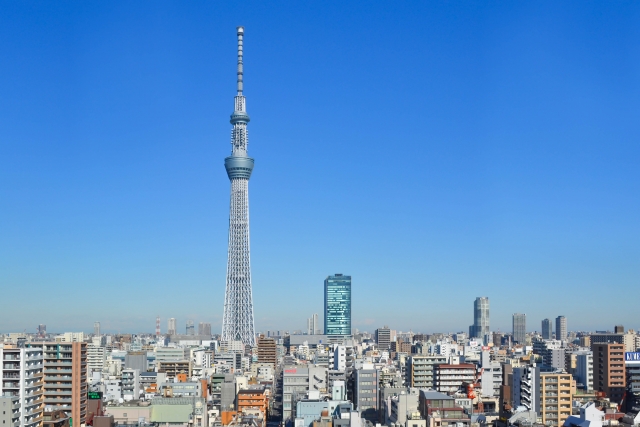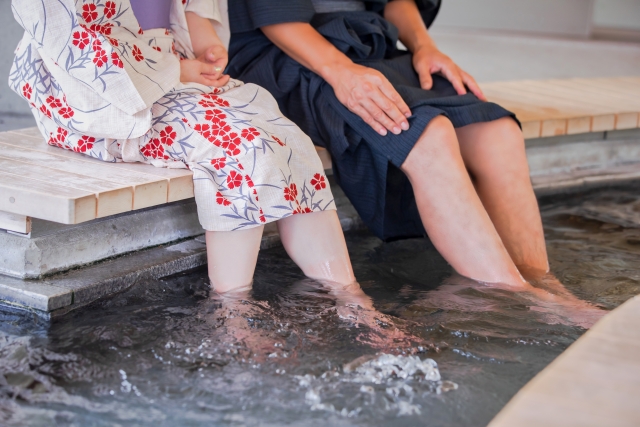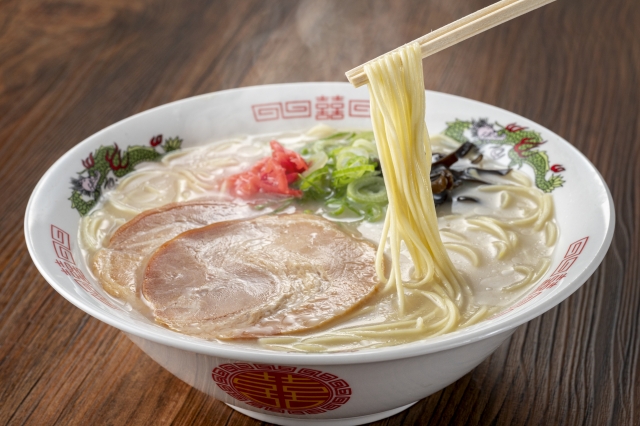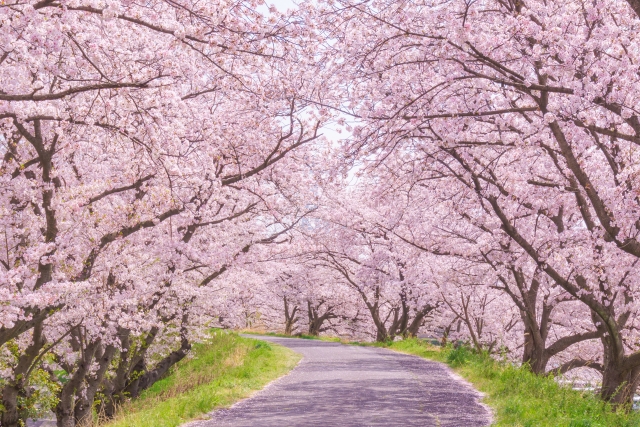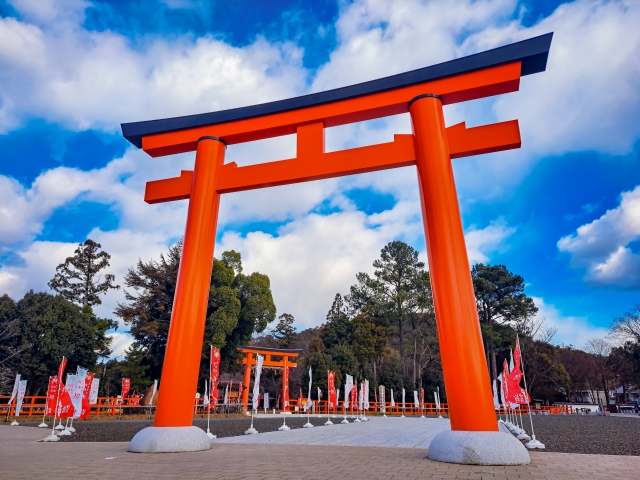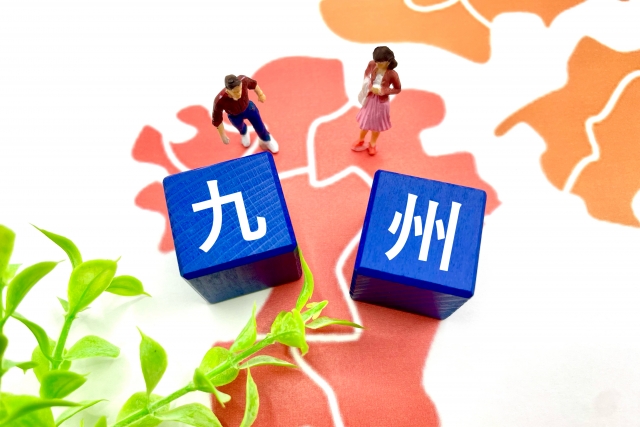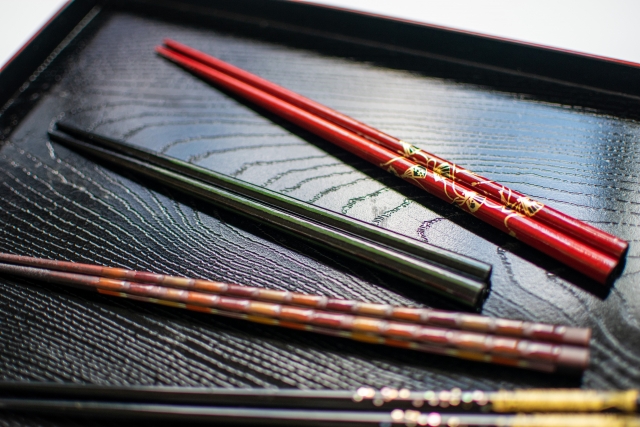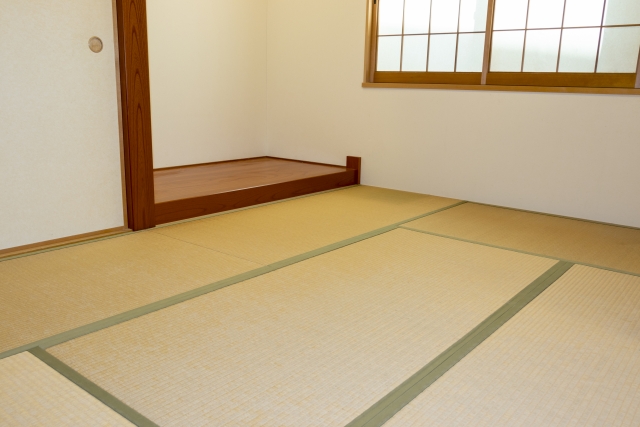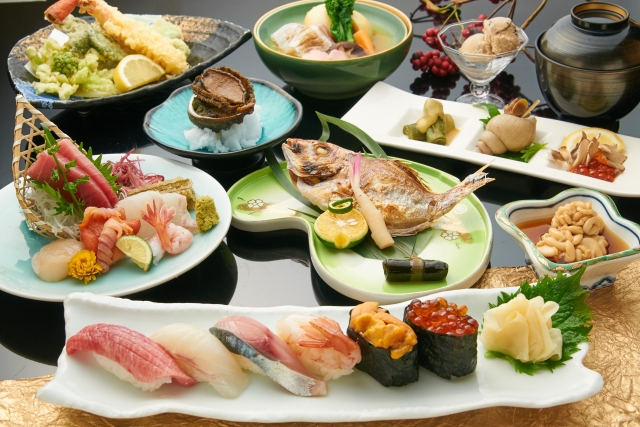Contents
■Profile
プロフィールを書いてください。 XXXXXXX. XXXXXXX. XXXXXXX.Do you know Otsu painting?
Otsu painting are folk paintings that were sold around Mii-dera Temple in Otsu, Omi Province (Shiga Prefecture) during the Edo period. They were popular souvenirs among travelers on the Tokaido Road, and their humorous subjects with allegorical meanings and quick, light sketches were widely loved, spreading the fame of Otsu painting throughout the country. Their origins are said to date back to the Kan’ei era (1624-44), when Buddhist paintings of the Thirteen Buddhas, the Buddha of Welcome, and Acala were drawn as folk Buddhist paintings. Later, comical and genre subjects such as Fuji Musume (Fuji Daughter), Oni no Nembutsu (Oni’s Recitation of the Buddha’s Name), Hyotan Namazu (Gourd Catfish), Takajo (Falconer), and Yakko (Servant) became popular, and the technique shifted from brush painting to woodblock printing. The paintings became didactic, incorporating dōka (moralistic poems) that expounded on Buddhist and Shingaku teachings, and the pictorial expression became more formalized, continuing to exist until the Meiji era and beyond.Why did you start drawing Otsu painting?
I have been drawing Otsu painting for about 15 years. I was born and raised in Shiga Prefecture and knew about Otsu painting, but I never thought I would be the one to draw them. I was also in business myself and was always busy with work, so I never thought about starting to draw. However, as my children grew up and became less dependent on me, I had more free time, and I was also influenced by the fact that my older sister was an Otsu painting teacher, so I started drawing them little by little. I have fun drawing pictures that convey the history of Otsu City, Shiga Prefecture, where I was born and raised. I started drawing Otsu painting casually, thinking I would try it out, and before I knew it, 15 years had passed and I was becoming more and more passionate about it.How do you enjoy your work?
I used to decorate my Japanese-style room with my finished works and the back of my entranceway so that my guests could enjoy my home as a place to experience culture. Now that I am able to produce works at a faster pace and have a larger inventory, I have a studio where I can display and enjoy many of my paintings. My work has now expanded to include being displayed on the grounds of local shrines and being used as labels for sake. When I exhibit at local galleries, I have the opportunity to have people from overseas take an interest in my work and purchase it. Now, instead of just painting on paper, I paint on local wood and gourds, which allows me to express myself even more.Future Activities



